Dive into the world of jewelry jump rings and discover the importance of size, materials, and gauge sizes. Learn how to choose the right jump rings for your jewelry projects and create stunning pieces that are secure and visually appealing. Read on to enhance your knowledge of this essential jewelry-making component.
In the realm of jewelry making, jump rings are tiny but vital components that connect various elements together, such as charms, pendants, and clasps. Jump rings come in a variety of sizes, materials, and gauge sizes, and understanding their characteristics is crucial to creating beautiful and durable jewelry pieces. In this comprehensive guide, we will explore the importance of jump ring sizes, materials, and gauge sizes, helping you make informed decisions when selecting the perfect jump rings for your jewelry projects.
1. Jump Ring Sizes:
Jump ring sizes refer to their diameter or the inside measurement across the ring. The size of a jump ring plays a significant role in determining how it fits with other components and affects the overall design and functionality of your jewelry piece. Common jump ring sizes range from 3mm to 12mm, with 6mm and 8mm being popular sizes for many jewelry projects.
When choosing the right jump ring size, consider the weight and size of the components you'll be connecting. Larger and heavier charms or pendants may require larger jump rings to ensure a secure connection. Additionally, the size of the jump ring should also complement the design and aesthetics of your jewelry piece, ensuring a harmonious and visually appealing result.
2. Jump Ring Materials:
Jump rings can be crafted from various materials, each offering unique characteristics and visual effects. Here are some common materials used for jump rings:
a. Sterling Silver: Sterling silver jump rings are a popular choice due to their durability, versatility, and timeless appeal. They are often used in high-quality jewelry and are available in different finishes like shiny, oxidized, or gold-plated.
b. Gold-Filled: Gold-filled jump rings consist of a layer of gold bonded to a base metal, offering an affordable alternative to solid gold jump rings. They provide a beautiful golden appearance, durability, and resistance to tarnish.
c. Stainless Steel: Stainless steel jump rings are known for their strength, durability, and resistance to corrosion. They are an excellent option for creating sturdy and long-lasting jewelry pieces.
d. Copper: Copper jump rings offer a warm and rustic look to jewelry designs. They are malleable, making them easy to manipulate and work with, and can be left untreated or oxidized to achieve different finishes.
e. Brass: Brass jump rings provide a golden hue and are often used for vintage-inspired or bohemian-style jewelry. They are durable, affordable, and can be polished or oxidized to create various effects.
3. Gauge Sizes:
Jump ring gauge refers to the thickness or diameter of the wire used to make the jump rings. The gauge size determines the strength and durability of the jump ring. The lower the gauge number, the thicker and stronger the jump ring will be. Common jump ring gauge sizes range from 18 to 22, with 20 gauge being a versatile choice for many jewelry projects.
When selecting the appropriate gauge size, consider the weight and stress your jewelry piece will endure. Heavier or more substantial components may require thicker gauge jump rings to ensure a secure connection. Thinner gauge jump rings are suitable for lightweight and delicate designs.
Jump rings are essential components in jewelry making, connecting various elements to create stunning and secure pieces. By understanding the importance of jump ring sizes, materials, and gauge sizes, you can make informed choices that align with your design vision and ensure the durability of your jewelry creations.



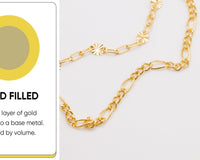










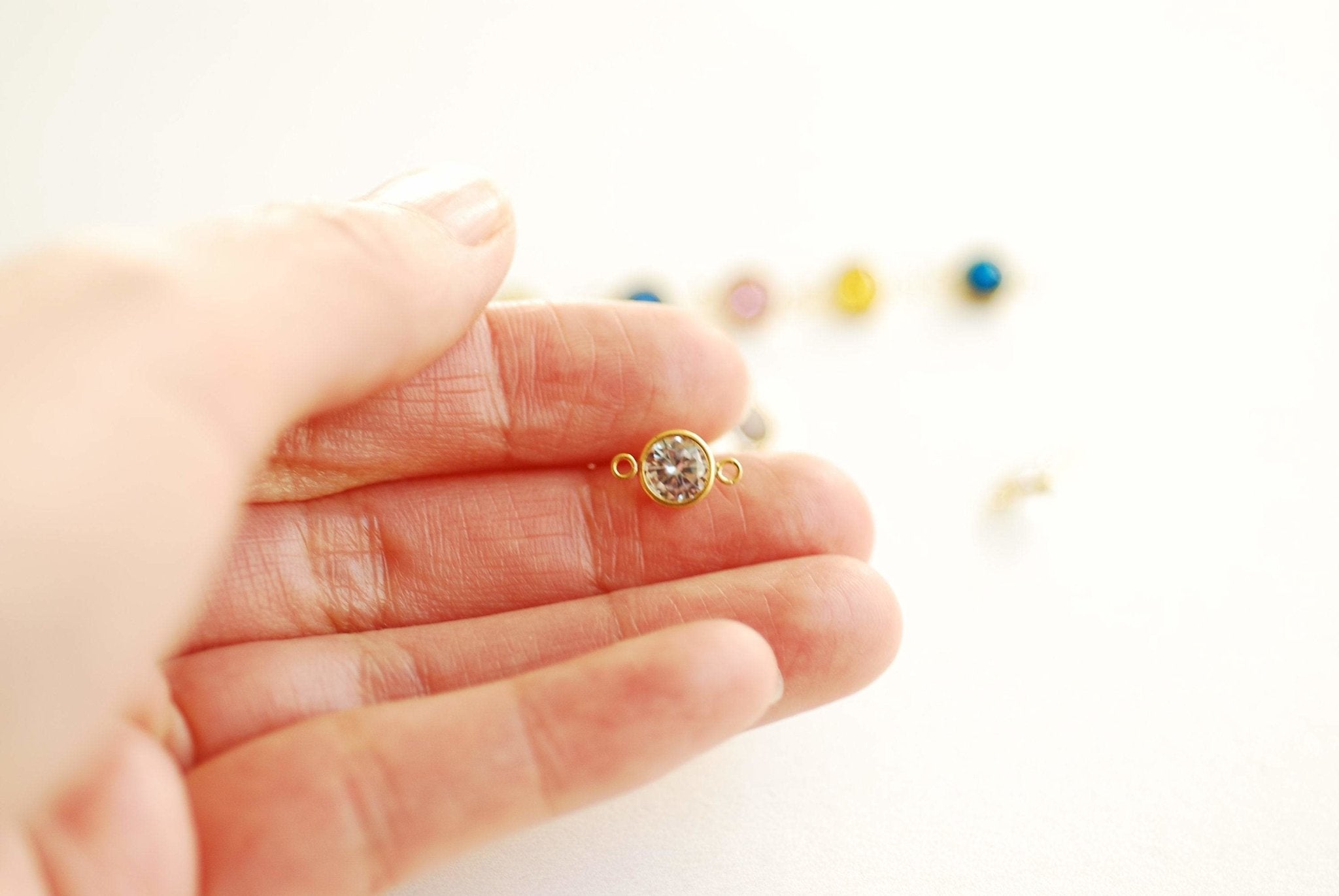


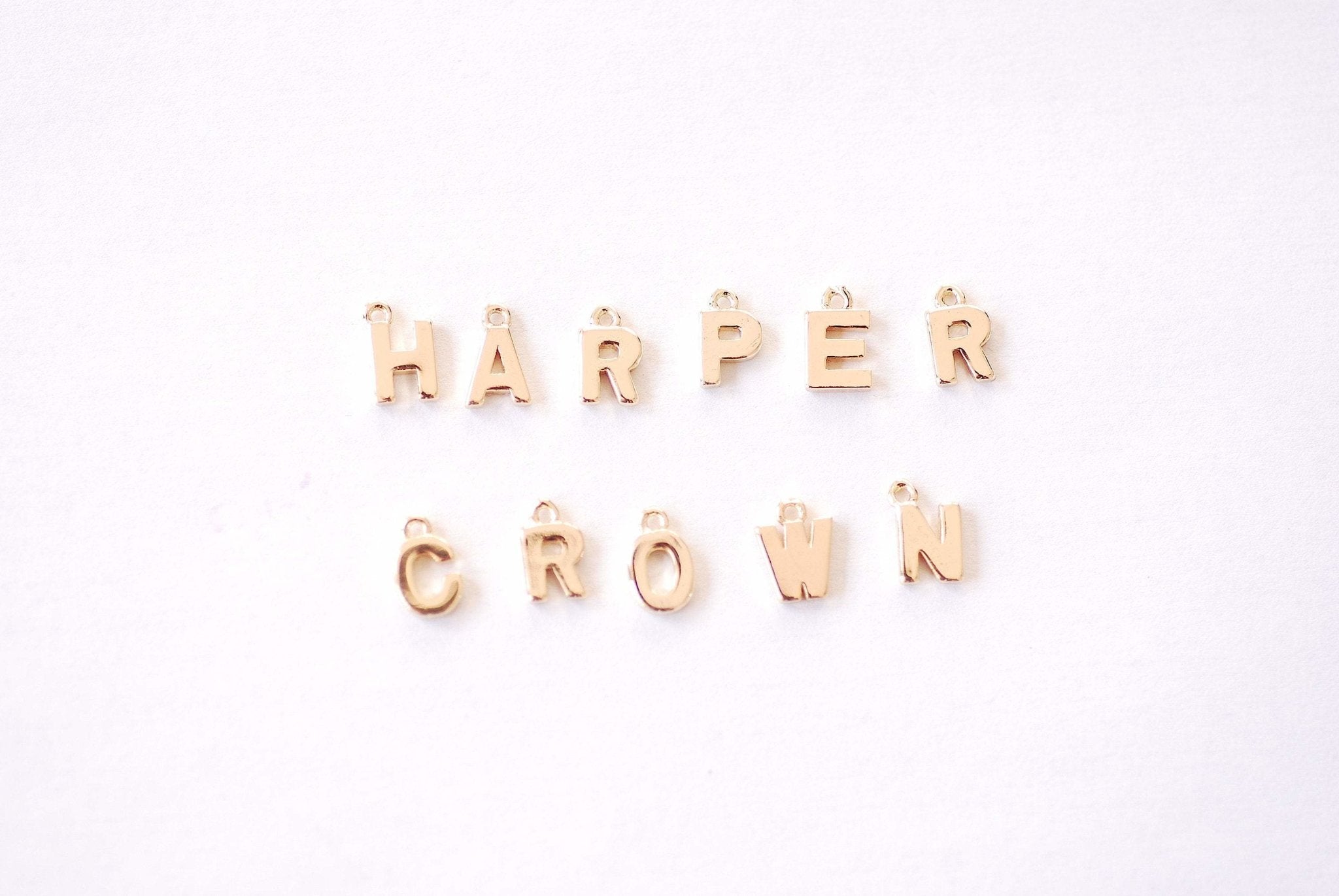


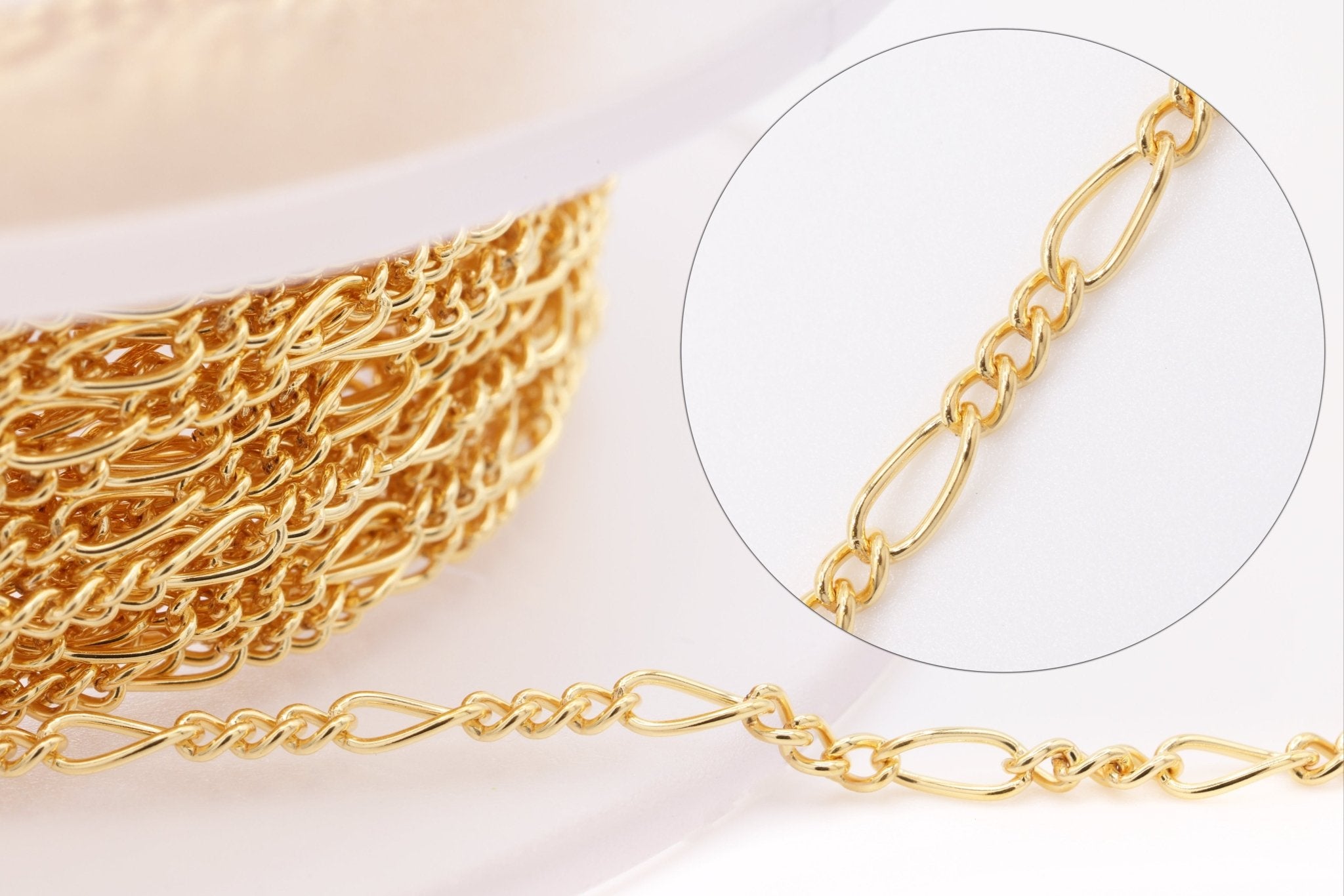


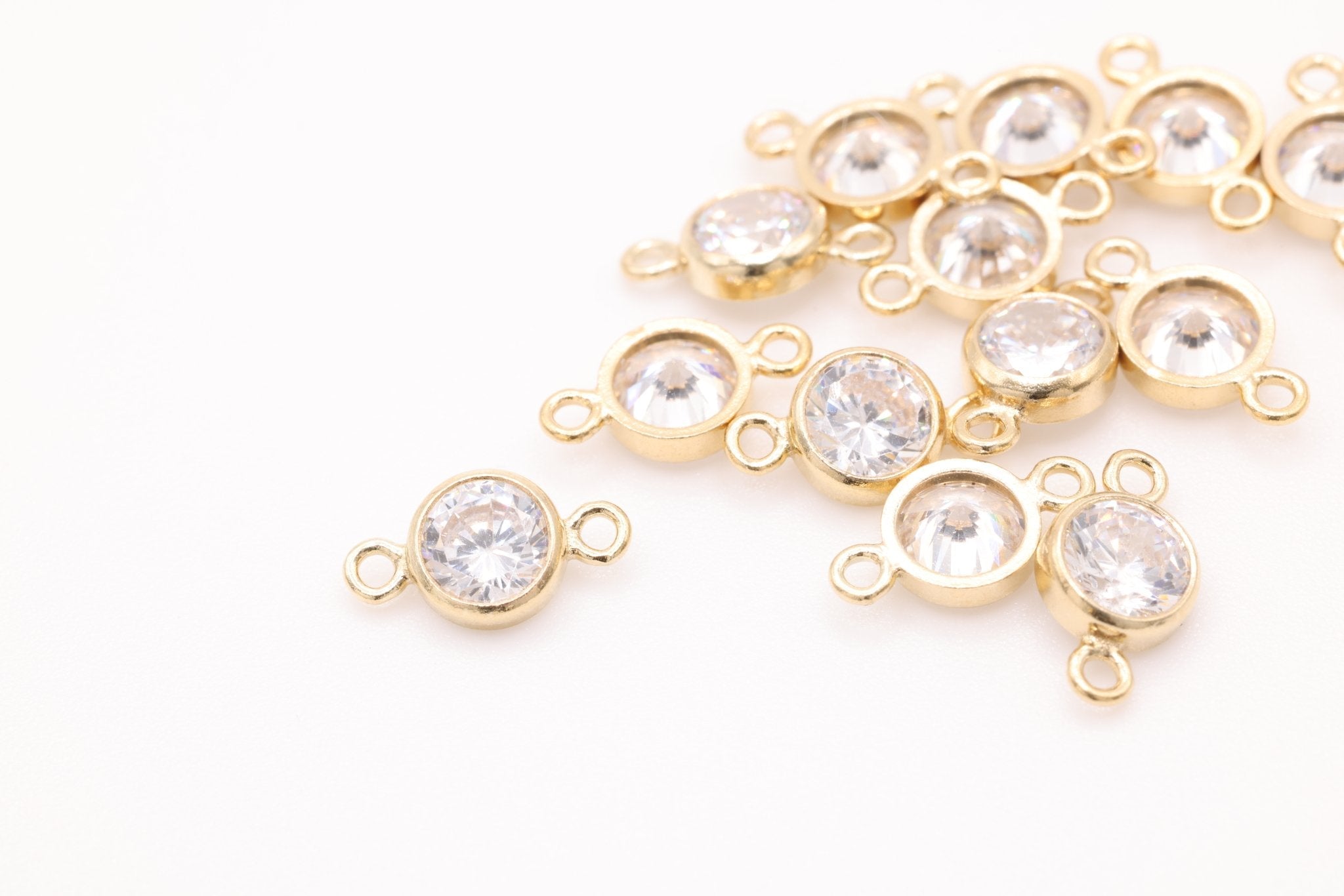
![Gold Filled Beaded Ring, Gold Silver Stacking Ring, Hammered Bead Ring, Gold Dot Ring Midi Ring Gold Filled Flat Beaded Ring Minimalist [30] - HarperCrown](http://www.harpercrown.com/cdn/shop/products/gold-filled-beaded-ring-gold-silver-stacking-ring-hammered-bead-ring-gold-dot-ring-midi-ring-gold-filled-flat-beaded-ring-minimalist-30-568879.jpg?v=1634159908&width=2048)
![Gold Filled Beaded Ring, Gold Silver Stacking Ring, Hammered Bead Ring, Gold Dot Ring Midi Ring Gold Filled Flat Beaded Ring Minimalist [30] - HarperCrown](http://www.harpercrown.com/cdn/shop/products/gold-filled-beaded-ring-gold-silver-stacking-ring-hammered-bead-ring-gold-dot-ring-midi-ring-gold-filled-flat-beaded-ring-minimalist-30-638411.jpg?v=1634159908&width=2048)





